BBC Anthology Series ‘A Ghost Story for Christmas’ Sets E. Nesbit’s ‘Man-Size in Marble’ as Next Adaptation, Mark Gatiss Directs (EXCLUSIVE)






A Cargo Dragon spacecraft docked to the International Space Station on Tuesday morning, less than a day after lifting off from Florida.
As space missions go, this one was fairly routine, ferrying about 6,000 pounds (2,700 kg) of cargo and science experiments to the space station. Over the course of nearly a dozen years, this was the 31st cargo supply mission that SpaceX has flown for NASA to the orbiting laboratory.
However, there is one characteristic of this flight that may prove significant for NASA and the future of the space station. As early as Friday, NASA and SpaceX have scheduled a "reboost and attitude control demonstration," during which the Dragon spacecraft will use some of the thrusters at the base of the capsule. This is the first time the Dragon spacecraft will be used to move the space station.
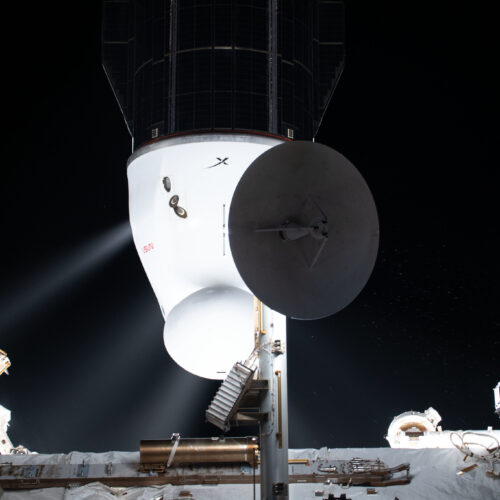
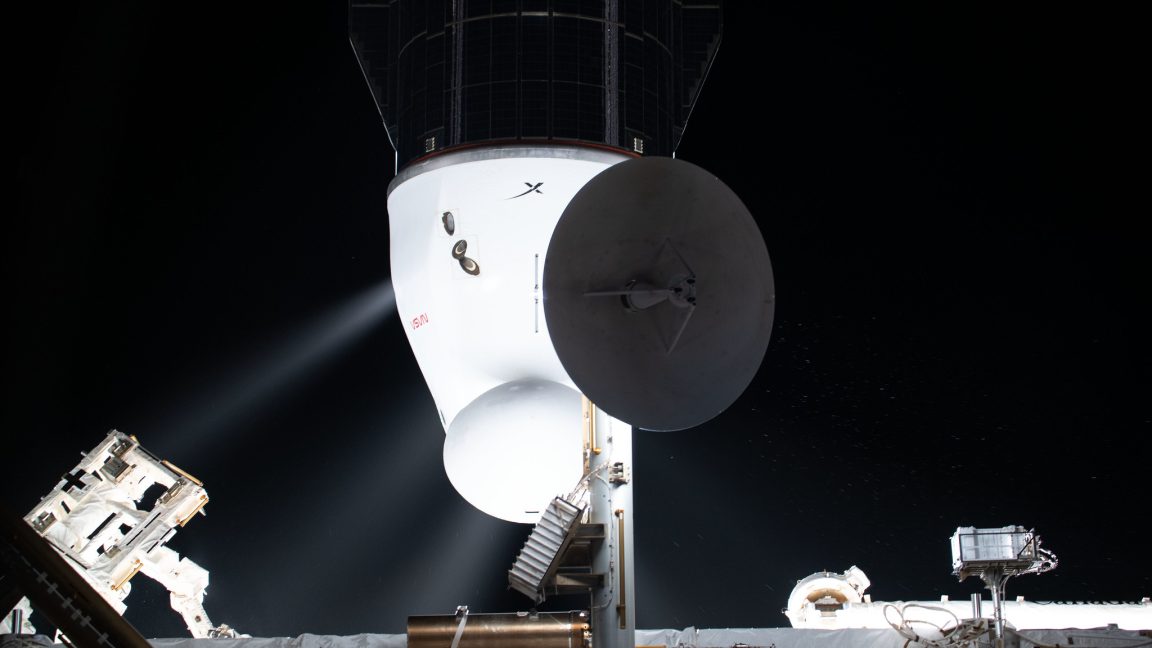
© NASA
US space officials do not like to talk about the perils of flying astronauts on the aging International Space Station, elements of which are now more than a quarter of a century old.
However, a new report confirms that NASA managers responsible for operating the space station are seriously concerned about a small Russian part of the station, essentially a tunnel that connects a larger module to a docking port, which is leaking.
Russian and US officials have known that this small PrK module, which lies between a Progress spacecraft airlock and the Zvezda module, has been leaking since September 2019. A new report, published Thursday by NASA's inspector general, provides details not previously released by the space agency that underline the severity of the problem.
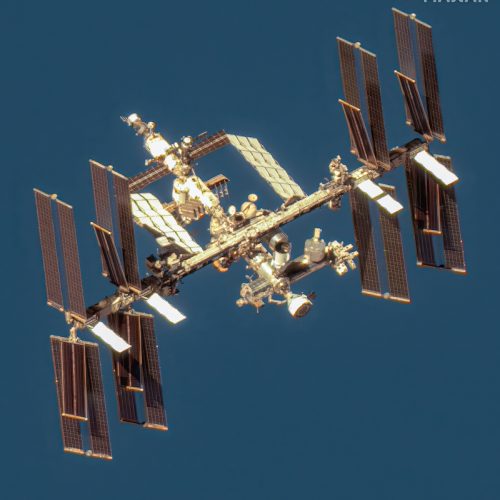
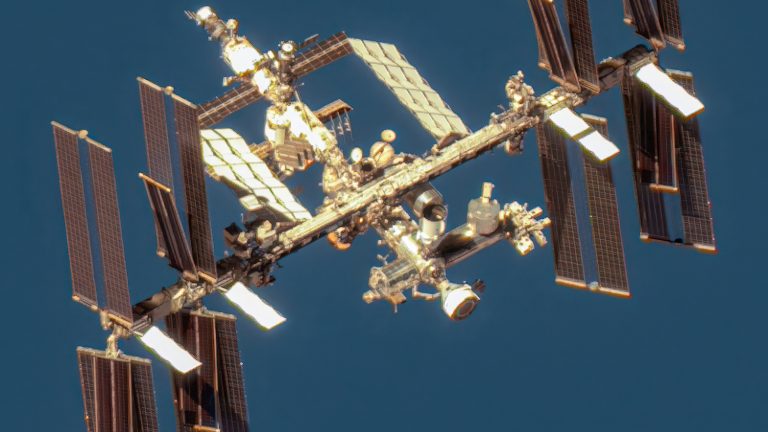
© [CDATA[Satellite image (c) 2024 Maxar Technologies]]
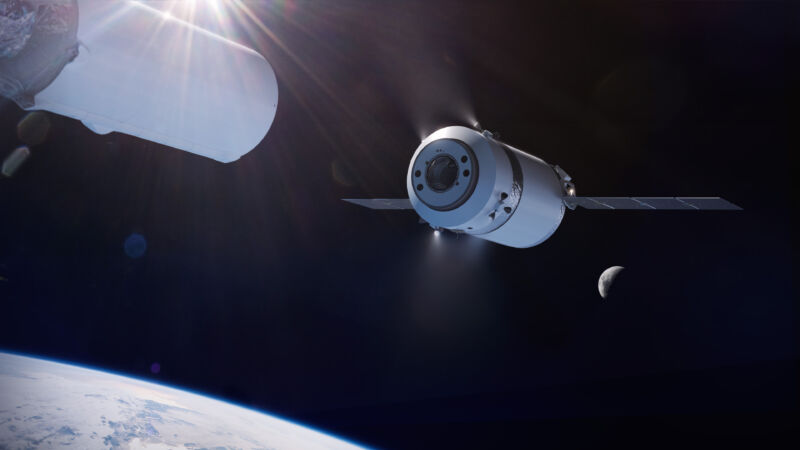
Enlarge / Illustration of the SpaceX Dragon XL as it is deployed from the Falcon Heavy's second stage in high Earth orbit on its way to the Gateway in lunar orbit. (credit: SpaceX)
NASA has awarded an $843 million contract to SpaceX to develop a "US Deorbit Vehicle." This spacecraft will dock to the International Space Station in 2029 and then ensure the large facility makes a controlled reentry through Earth's atmosphere before splashing into the ocean in 2030.
"Selecting a US Deorbit Vehicle for the International Space Station will help NASA and its international partners ensure a safe and responsible transition in low Earth orbit at the end of station operations," said Ken Bowersox, NASA's associate administrator for Space Operations, in a statement. "This decision also supports NASA’s plans for future commercial destinations and allows for the continued use of space near Earth."
NASA has a couple of reasons for bringing the space station's life to a close in 2030. Foremost among these is that the station is aging. Parts of it are now a quarter of a century old. There are cracks on the Russian segment of the space station that are spreading. Although the station could likely be maintained beyond 2030, it would require increasing amounts of crew time to keep flying the station safely.
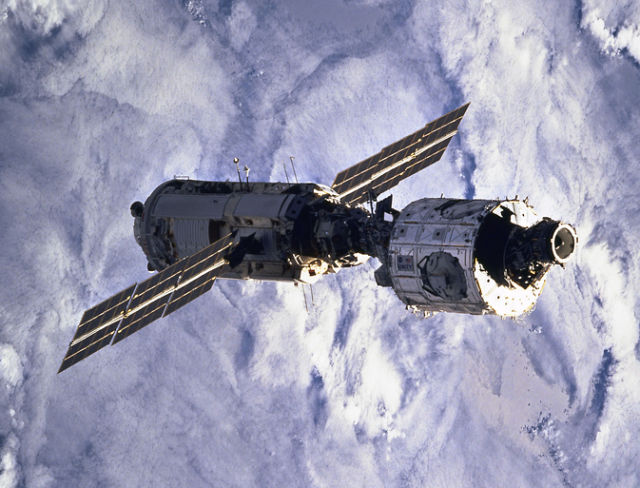
Launched in 2000, the Zvezda Service Module provides living quarters and performs some life-support system functions. (credit: NASA)
NASA and the Russian space agency, Roscosmos, still have not solved a long-running and worsening problem with leaks on the International Space Station.
The microscopic structural cracks are located inside the small PrK module on the Russian segment of the space station, which lies between a Progress spacecraft airlock and the Zvezda module. After the leak rate doubled early this year during a two-week period, the Russians experimented with keeping the hatch leading to the PrK module closed intermittently and performed other investigations. But none of these measures taken during the spring worked.
"Following leak troubleshooting activities in April of 2024, Roscosmos has elected to keep the hatch between Zvezda and Progress closed when it is not needed for cargo operations," a NASA spokesperson told Ars. "Roscosmos continues to limit operations in the area and, when required for use, implements measures to minimize the risk to the International Space Station."